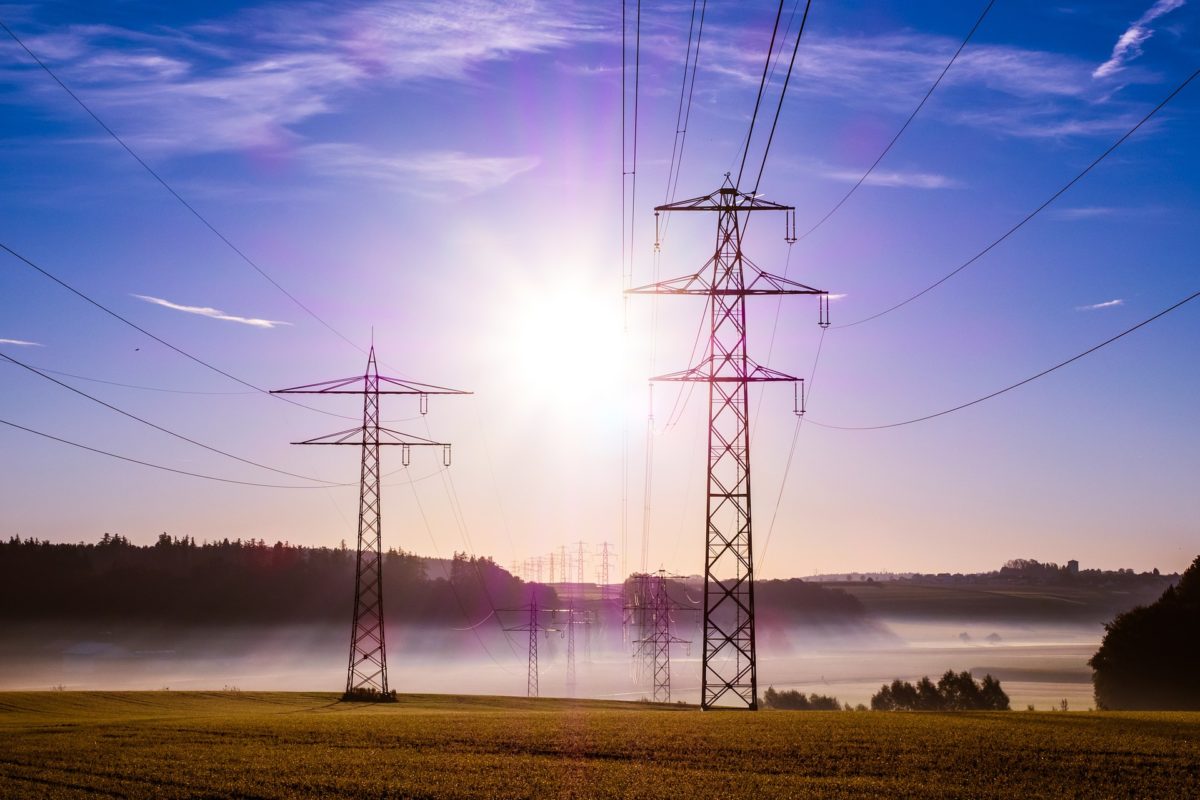The U.S. Department of Energy’s National Transmission Needs Study has found that the U.S. will need to add 54.5 TW-miles of within-region transmission by 2035 under future scenarios with moderate load but high clean energy assumptions. Those scenarios are “the most likely power sector future given recently enacted laws,” the DOE study says.
Interregional transfer capacities to transmit electricity between regions would need to increase by nearly 125 GW by 2035 for the same scenarios.
In a high-load scenario that could result from high electrification of transportation and heating, much more regional transmission and interregional transfer capacity would be needed. The study projects transmission needs for each of 13 regions of the continental U.S.
The study also found an “immediate need” for more transmission infrastructure, evidenced by delays and increased costs to interconnect new utility-scale generators, and by price differences for wholesale electricity across geographic locations. Those price differences indicate transmission congestion within a region or transmission constraints across regions.
The results for 2035 reflect DOE’s analysis of studies of the U.S. grid conducted by others using least-cost optimization modeling. While the needs study does not identify specific solutions for assessed transmission needs, a DOE spokesperson said that a separate DOE study, the National Transmission Planning Study, will identify potential transmission solutions to meet near- and long-term (through 2050) transmission needs.
A draft of that planning study found that transmission is needed to carry wind power from the central U.S. eastward. The planning study, led by two DOE national laboratories, is using “both national laboratory and industry tools” to conduct new modeling and analysis, said the spokesperson, adding that DOE will provide a status update on the planning study in the next few months.
DOE’s newly released study considers five “alternative transmission solutions” that can help meet transmission needs: energy storage; high penetrations of distributed energy resources; grid-enhancing technologies; advanced conductors and cables; and microgrids. Flexible demand, a strategy being pursued by California to balance renewables, is mentioned as an alternative transmission solution for rural Alaskan villages.
The needs study says that results from the study can inform DOE’s work to implement the Infrastructure Investment and Jobs Act and the Inflation Reduction Act, and to implement the Department’s funding programs, technical assistance and broader transmission planning activities.
The study will also support DOE’s potential designation of National Interest Electric Transmission Corridors.
DOE expects that the needs study will also help inform existing industry-led transmission planning processes, including the regional transmission planning processes conducted in accordance with Federal Energy Regulatory Commission regulations and policies.
Included is a section focusing on transmission benefits. An appendix synthesizes comments received on the draft version of the study and their resolution by DOE. Another appendix of national and regional fact sheets summarizes the study’s findings.
DOE is offering an overview of the transmission needs study’s findings in a webinar on November 8.
This content is protected by copyright and may not be reused. If you want to cooperate with us and would like to reuse some of our content, please contact: editors@pv-magazine.com.








By submitting this form you agree to pv magazine using your data for the purposes of publishing your comment.
Your personal data will only be disclosed or otherwise transmitted to third parties for the purposes of spam filtering or if this is necessary for technical maintenance of the website. Any other transfer to third parties will not take place unless this is justified on the basis of applicable data protection regulations or if pv magazine is legally obliged to do so.
You may revoke this consent at any time with effect for the future, in which case your personal data will be deleted immediately. Otherwise, your data will be deleted if pv magazine has processed your request or the purpose of data storage is fulfilled.
Further information on data privacy can be found in our Data Protection Policy.